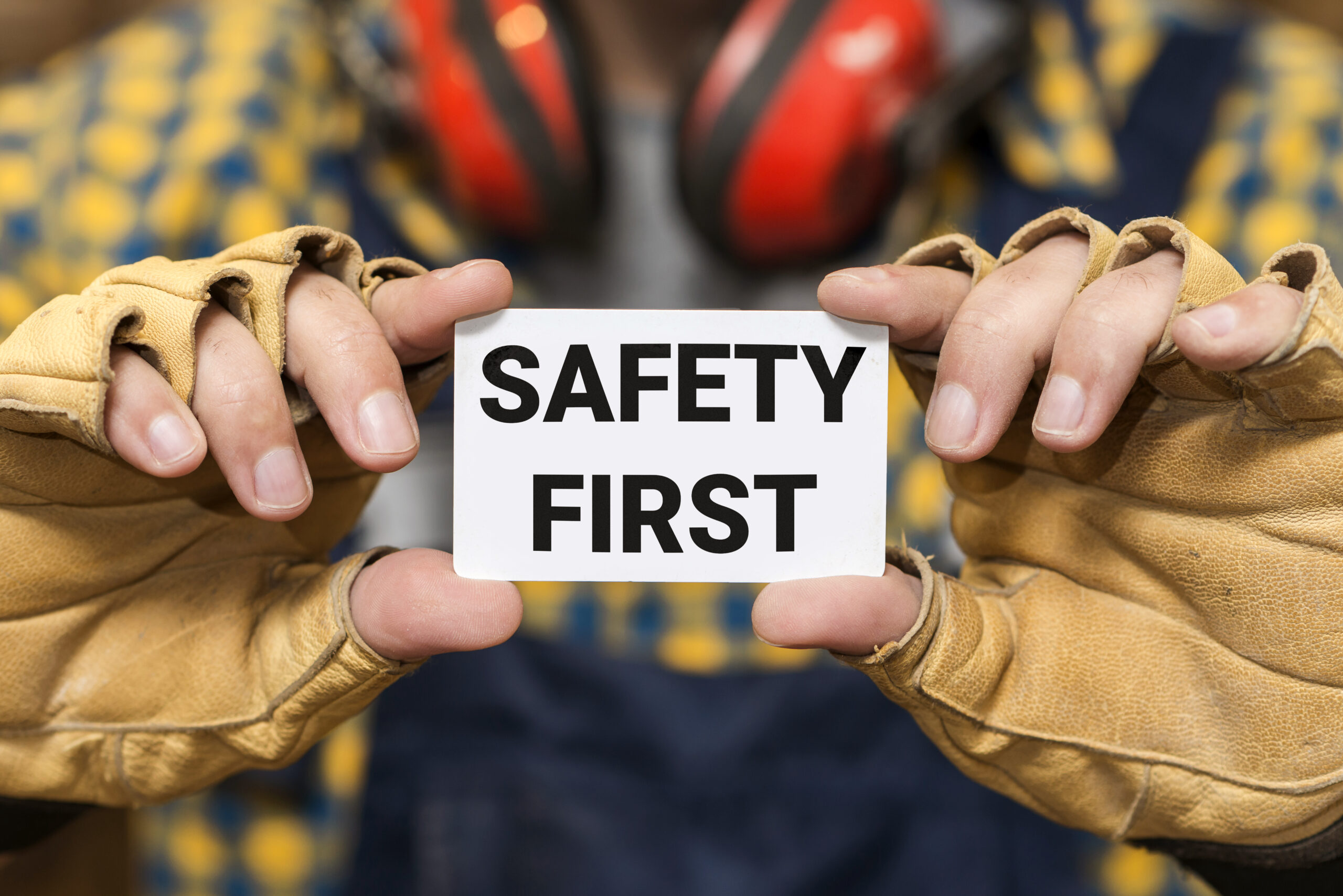Safety is paramount in any manufacturing environment, especially when operating packaging machinery. Explore essential safety protocols and training practices to ensure a secure and productive working environment for your packaging operations.

Some Tips for Safety Protocols and Training
1. Understanding the Risks
Start by identifying potential hazards associated with packaging machinery, including moving parts, sharp edges, pinch points, electrical hazards, and material handling risks.
2. Compliance with Safety Standards
Adhere to industry-specific safety standards, regulations, and guidelines such as OSHA (Occupational Safety and Health Administration) requirements to ensure legal compliance and employee well-being.
3. Machine Guarding and Safety Devices
Implement machine guarding measures such as barriers, interlocks, light curtains, and emergency stops to prevent access to hazardous areas and mitigate injury risks.
4. Lockout-Tagout (LOTO) Procedures
Develop and enforce lockout-tagout procedures to ensure machinery is safely de-energized, locked, and tagged during maintenance, servicing, or repair activities.
5. Personal Protective Equipment (PPE)
Provide appropriate PPE including safety glasses, gloves, ear protection, and protective clothing to employees working near or operating packaging machinery.
6. Training and Certification Programs
Conduct comprehensive training programs for operators, technicians, and maintenance personnel covering machine operation, safety protocols, emergency procedures, and hazard recognition.
7. Regular Safety Inspections and Maintenance
Schedule routine safety inspections, equipment checks, and maintenance tasks to identify and address potential safety hazards, mechanical issues, or wear and tear.
8. Emergency Response Preparedness
Establish clear emergency response protocols, evacuation procedures, and first aid training to ensure quick and effective responses to accidents, injuries, or equipment malfunctions.
9. Continuous Safety Culture
Promote a culture of safety awareness, communication, and accountability among employees through regular safety meetings, feedback mechanisms, and reporting systems.
10. Documentation and Record-Keeping
Maintain detailed records of safety training, inspections, incidents, near-misses, and corrective actions taken to track safety performance and facilitate continuous improvement.






Comments are closed